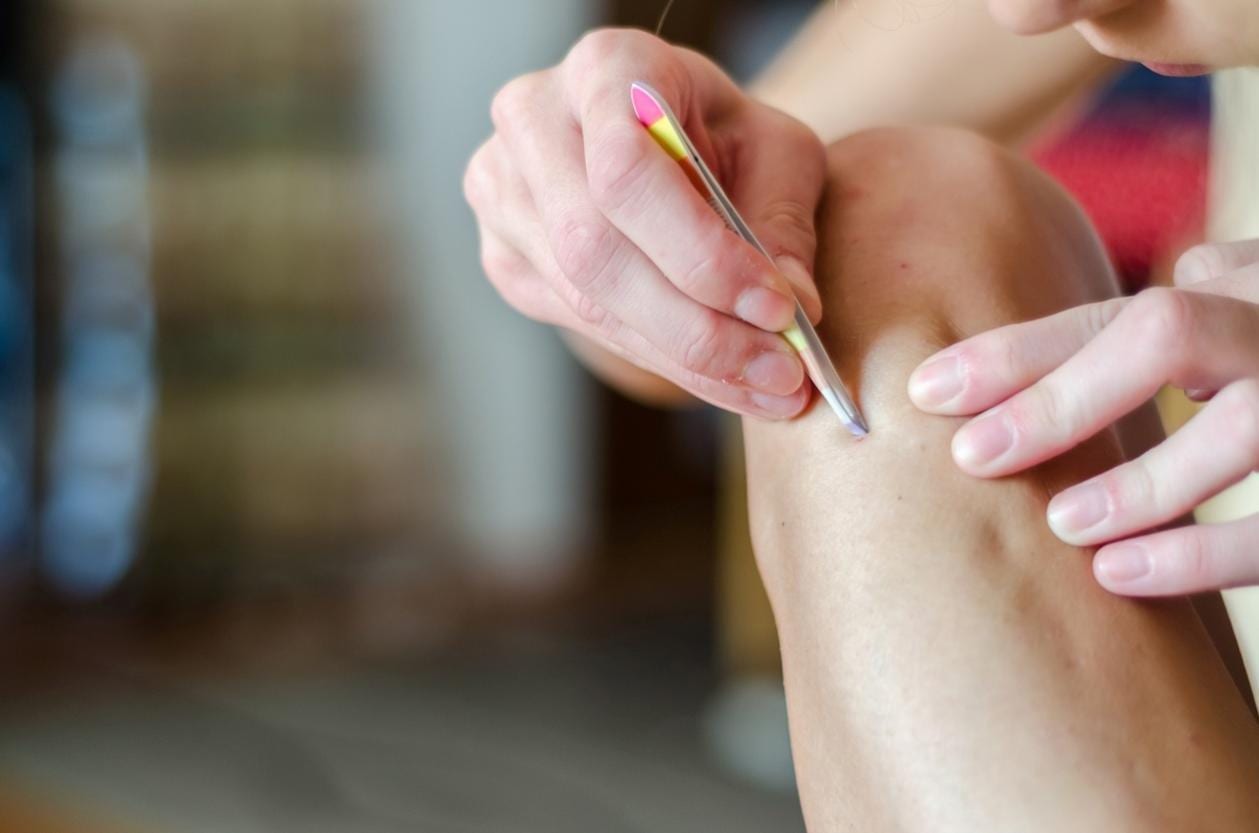Ingrown hair is a very common and very uncomfortable problem, but fortunately it can be avoided with some simple tips.
Ingrown hair is a very common problem that can affect everyone, that is, there is no distinction between gender or age. Anyone who has the habit of shaving frequently, whether with wax or a razor, is well familiar with ingrown hairs.
The hair grows at the bottom of the hair follicle, and is divided into two parts. The first part is the root, which is inside the dermis, and the second is the part that comes out of the skin, the hair that we see. Ingrown hair occurs when this second part is unable to break through the keratin layer and come out, becoming trapped in the inner layer of the dermis.
Therefore, ingrown hairs can cause itching, pain, redness and swelling in the region. Nothing serious, but it can cause a lot of discomfort. It is more common to occur with thicker and curlier hair, mainly affecting the groin area, armpits, and in the case of men, the face and neck area.
Therefore, today we will better understand what causes ingrown hair, how to treat and prevent this inconvenience.
Ingrown hair
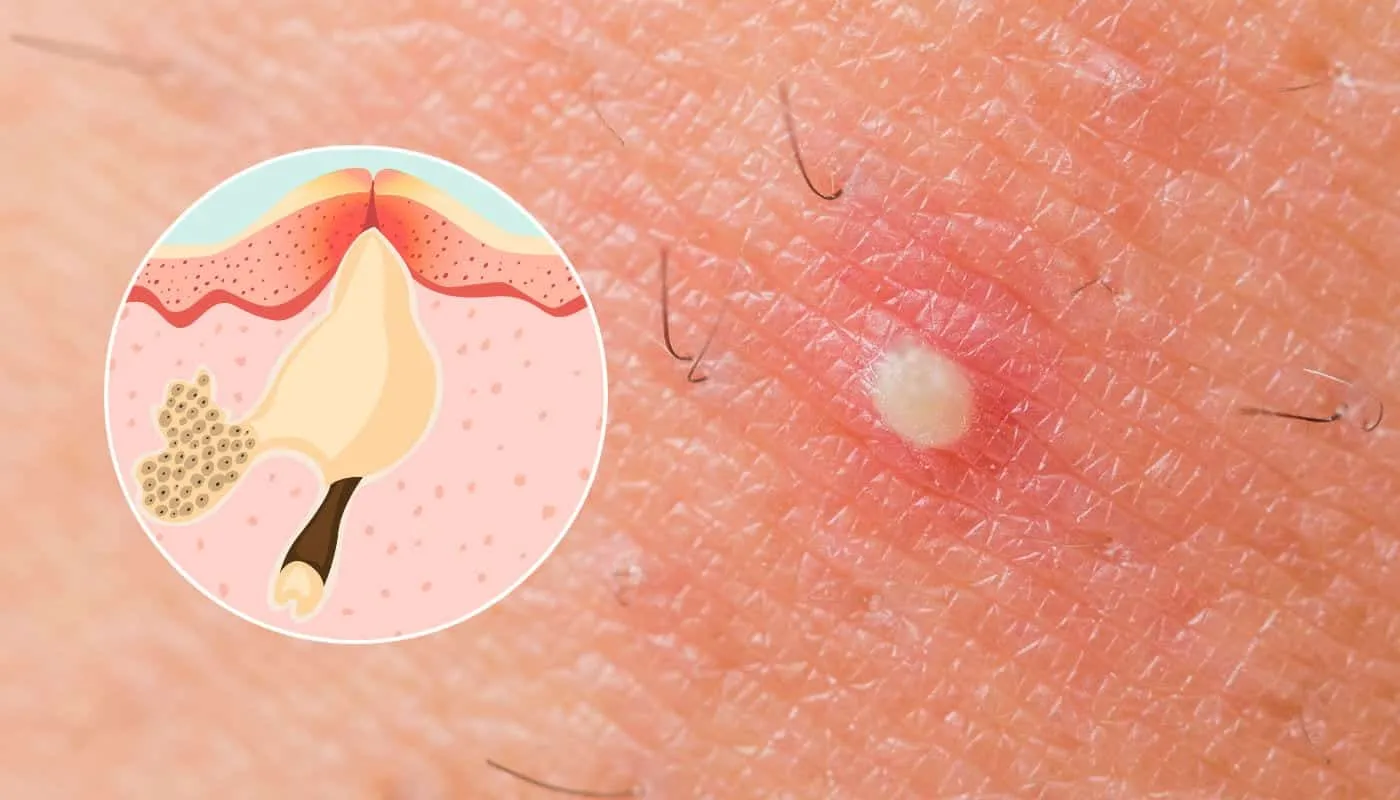
Ingrown hair occurs when the hair shaft cannot emerge from the skin. Therefore, as the hair does not stop growing, it will bend and penetrate the hair follicle again, developing within the dermis itself. Then the organism understands this as the formation of a foreign body, and begins to act to expel it from the body.
When this happens, the ingrown hair begins to become inflamed, causing folliculitis. In this case, the ingrown hair becomes inflamed, with the appearance of a pimple, which may or may not contain pus, causing redness, itching and pain.
However, ingrown hairs can appear anywhere on the body, but it happens more frequently in areas where the hair is thicker and thicker.
Causes of ingrown hair
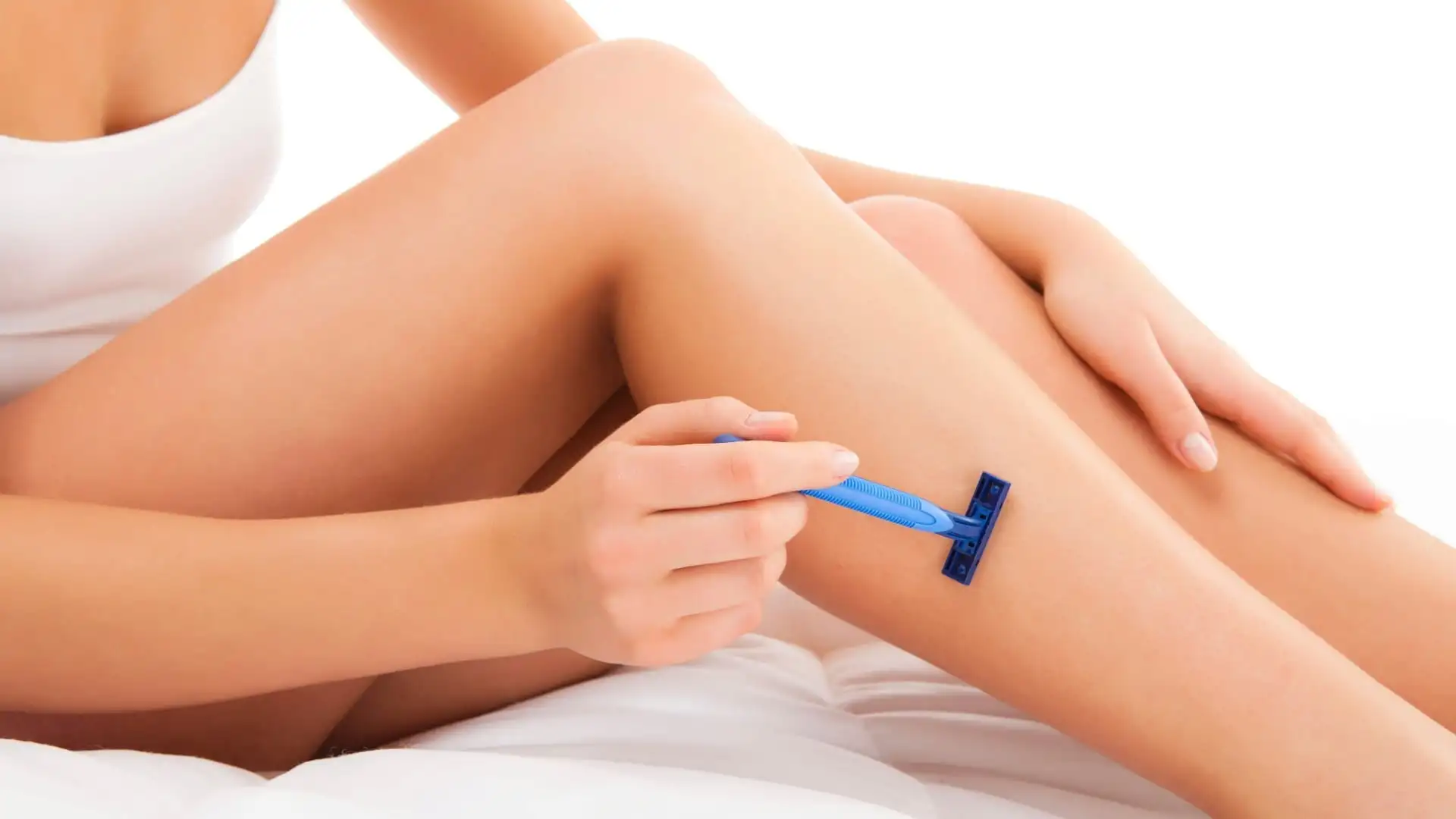
The causes of ingrown hairs can vary greatly from person to person. However, one of the most common factors is waxing. Cutting or removing the hair roots, whether using hot wax, a razor or depilatory cream, is one of the main causes of this problem.
But in addition, lack of hygiene, accumulation of dead skin cells, friction caused by tight clothing, and small skin injuries are also linked to the appearance of ingrown hairs. All of this can result in blocked pores that prevent hair from passing through to the outer layer of the skin.
Ingrown hair in the intimate region
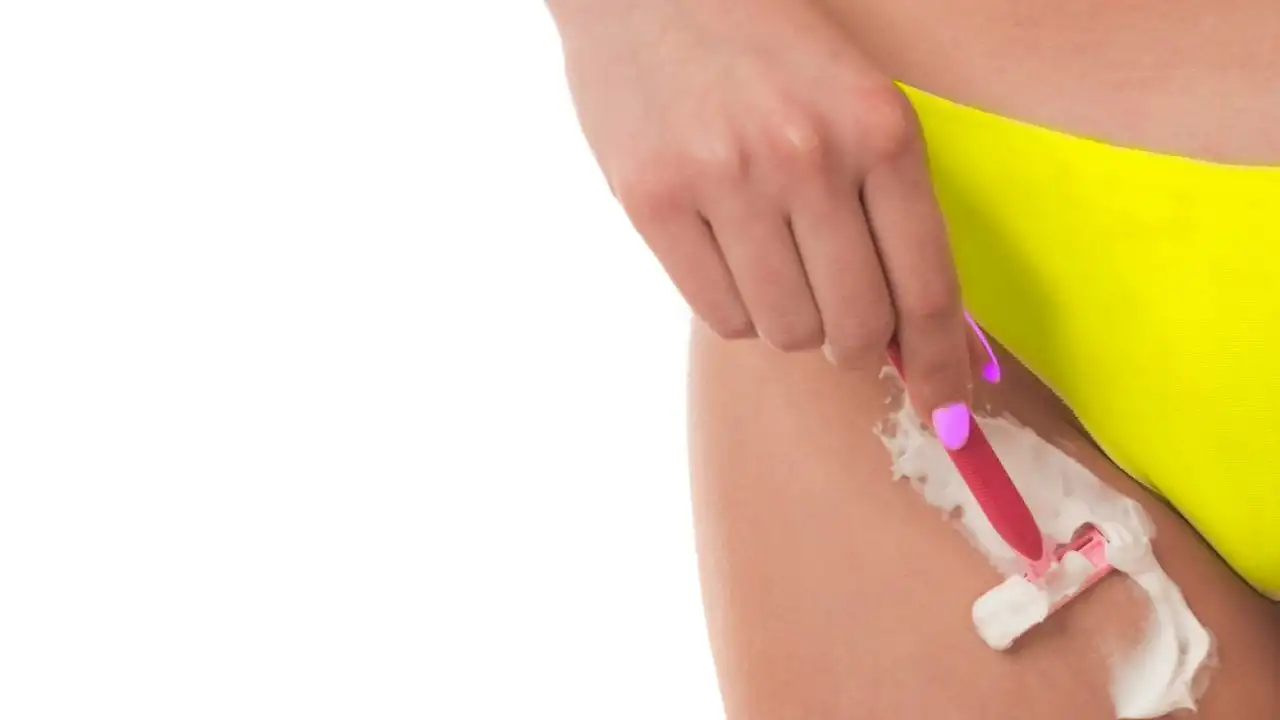
Ingrown hairs are a real nuisance anywhere on the body, but in the intimate area it is even worse. In addition to pain and discomfort, ingrown hairs in this region can easily be confused with other problems, such as boils, warts and even herpes. And that can be a big problem.
But as we’ve seen so far, these hairs are mainly a side effect of waxing, especially shaving. This in turn is not a serious problem and is easy to prevent. Ingrown hair is identified by a red swelling and mild discomfort in the region, very similar to a pimple. In some cases, it is even possible to see hair growing beneath the skin.
Herpes, on the other hand, is a much higher and very painful lesion, different from that caused by ingrown hair. Warts are also very different, as they are larger, and are not itchy or painful.
So, once it is identified as an ingrown hair, there is not much to worry about.
How to prevent and treat ingrown hairs
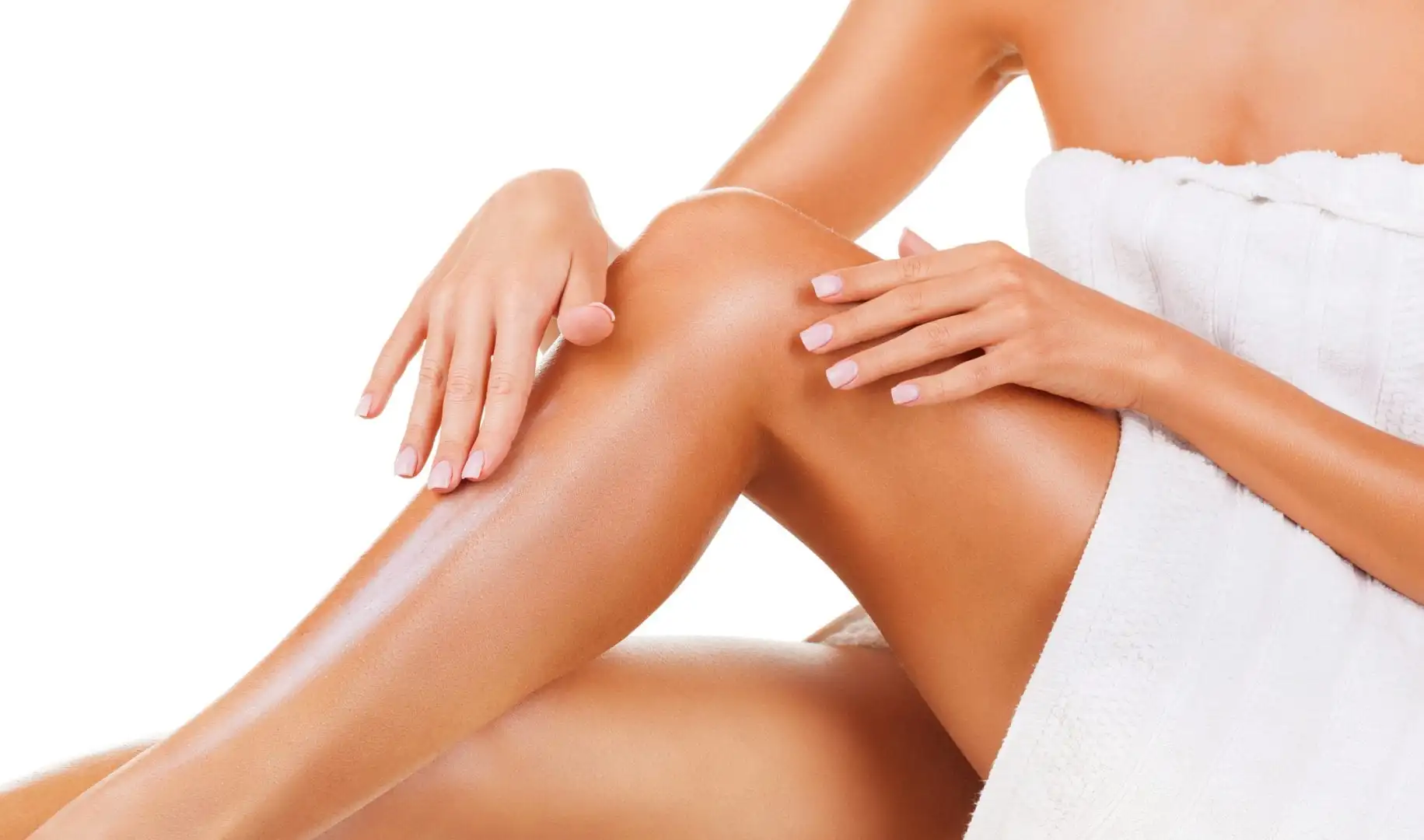
Normally, the tendency is for ingrown hairs to disappear naturally. But there are some measures that can improve the discomfort and prevent it from appearing.
- Exfoliation and hydration are two things that help considerably to prevent ingrown hairs, regardless of the hair removal method. This is because exfoliation removes dead cells and other impurities from the skin. These can interfere with the hair coming out. Doing this, followed by moisturizing, twice a week is enough to release any hair that may be trapped under the skin.
- Avoid shaving the area with ingrown hairs. Wait for the skin to recover before removing the hair.
- Before waxing, moisten the area with warm water or a hot towel for about three minutes. This will help open the pores, making hair removal easier.
- If you notice that the hair has gone beyond the skin layer, use tweezers to remove it.
- Apply a compress at least twice a day to the inflamed area. The ideal is to use pure water or chamomile tea. This, together with the heat, will drain the pus, and consequently reduce the swelling.
- Before shaving with a razor, moisten the area and, if possible, apply foam or soap, this helps the razor to glide more easily. This way, it avoids friction with the skin.
- Change the blade frequently, as the sharper it is, the easier it will be to shave. Furthermore, clean the blade well and do not share it with other people. All of this reduces the chances of irritation and possible infections.
- As very tight clothing can cause friction on the skin and cause ingrown hair, it is best to avoid this type of clothing. In addition to opting for lighter fabrics.
When to see a doctor
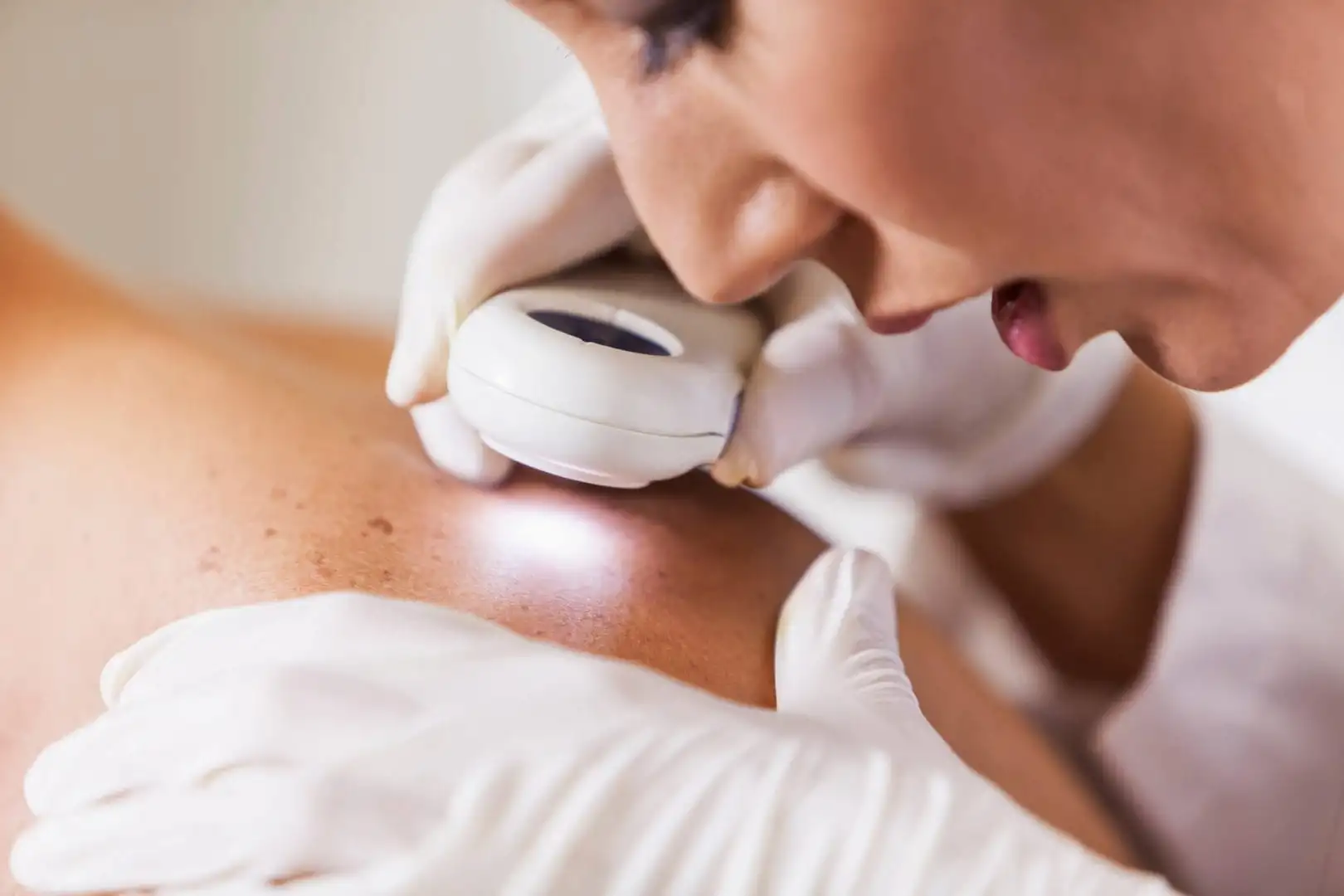
Finally, if the swelling continues to increase, there is bleeding and very inflamed lymph nodes, it is time to see a dermatologist. These symptoms may be a sign that the ingrown hair is infected and requires the use of antibiotics.
Anyway, what did you think of this article? Take the opportunity to also check out how to do waxing at home.
Fontes: Insider Drauzio Gillette Venus Women’s Health
Featured image: Live Well
Images: Vix Universa Women’s Health Claudia PartMed

Sign up for our newsletter and stay up to date with exclusive news
that can transform your routine!
Warning: Undefined array key "title" in /home/storelat/public_html/wp-content/plugins/link-whisper-premium/templates/frontend/related-posts.php on line 12
Warning: Undefined array key "title_tag" in /home/storelat/public_html/wp-content/plugins/link-whisper-premium/templates/frontend/related-posts.php on line 13

